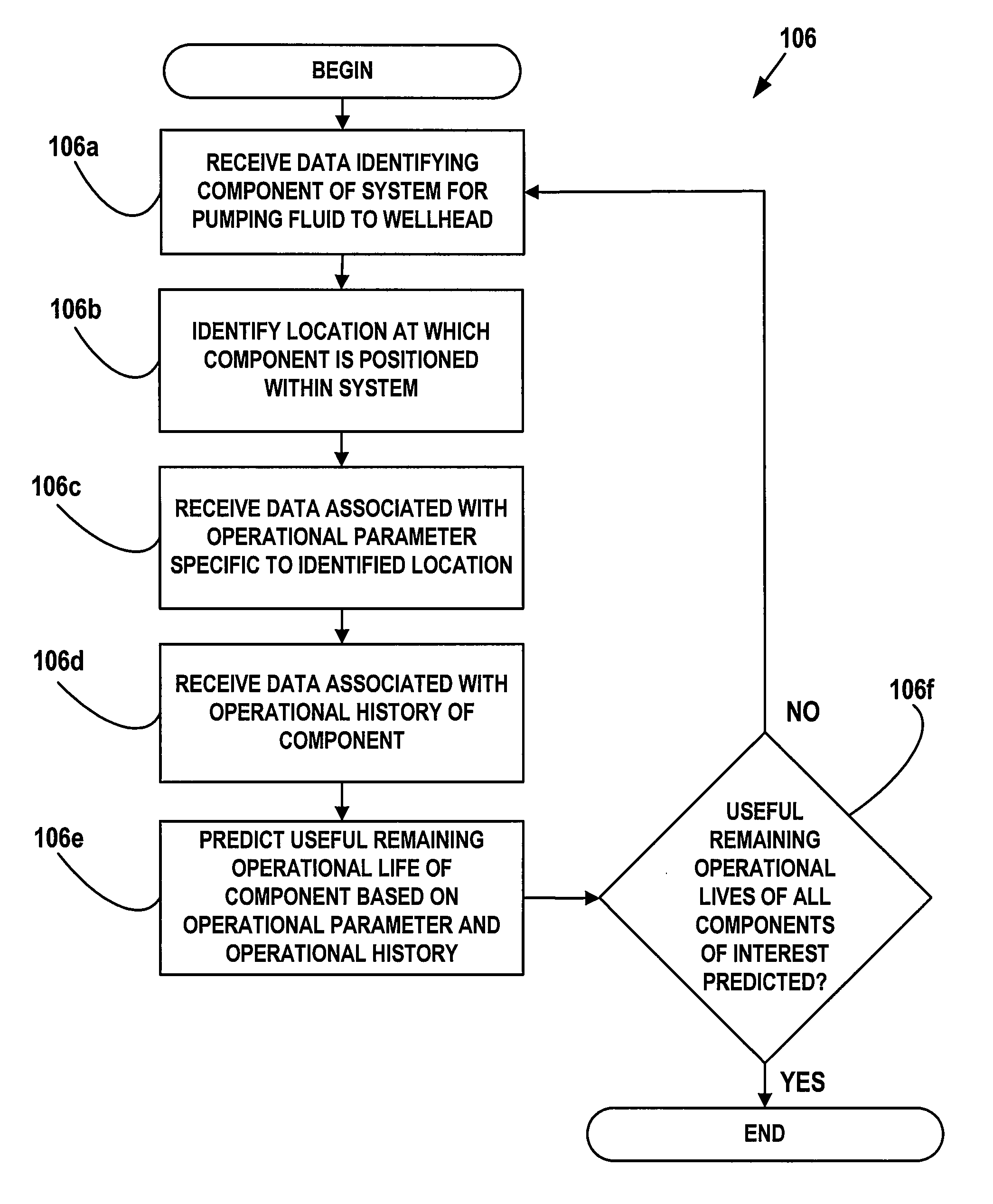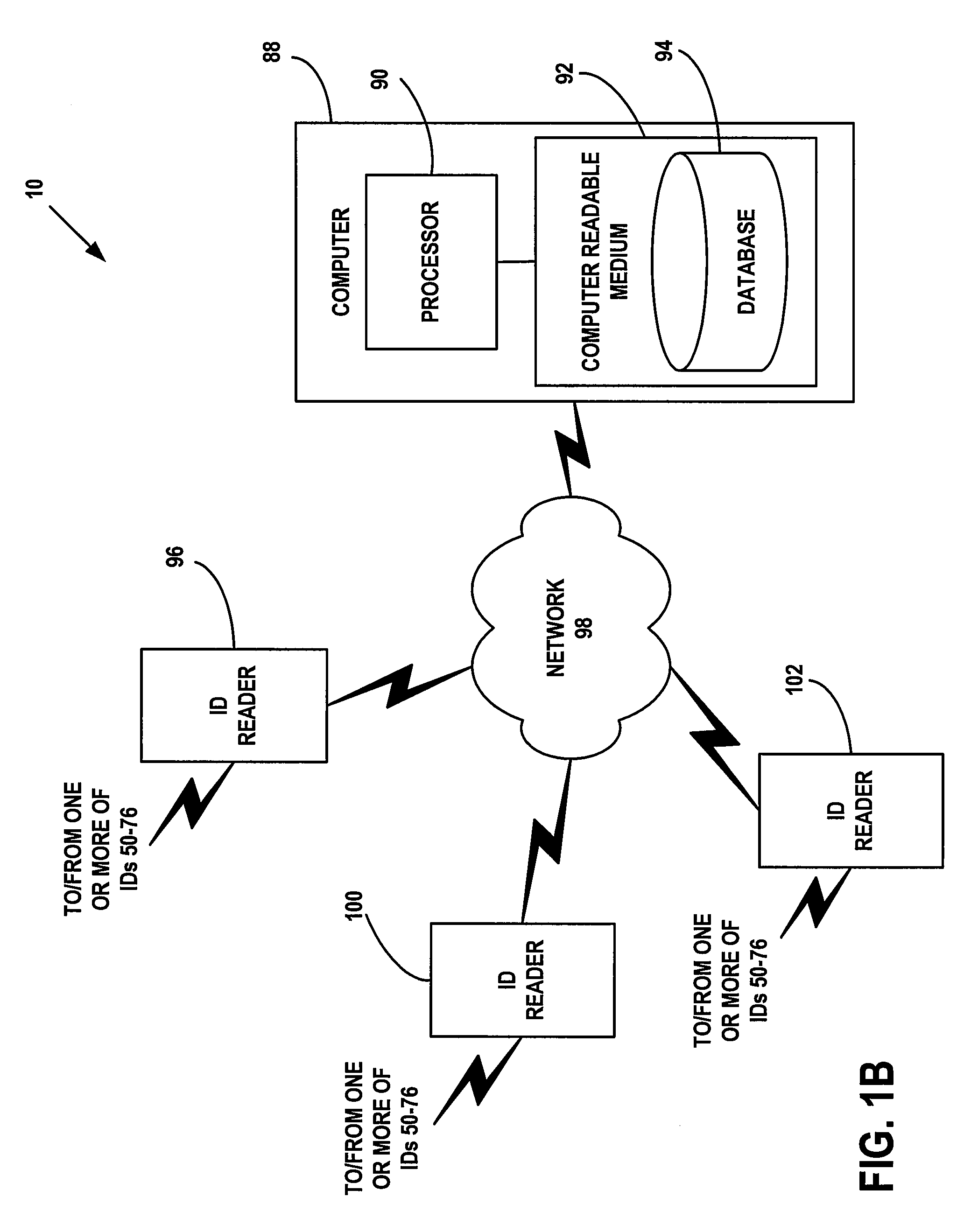Apparatus and methods for evaluating systems associated with wellheads
a technology of apparatus and methods, applied in the field of apparatus and methods for evaluating systems associated with wellheads, can solve the problems of raising safety issues, increasing cost and downtime, and deficient overall configuration of a proposed system, so as to reduce downtime and cost, facilitate planning, and improve safety
- Summary
- Abstract
- Description
- Claims
- Application Information
AI Technical Summary
Benefits of technology
Problems solved by technology
Method used
Image
Examples
Embodiment Construction
[0052]In an exemplary embodiment, as illustrated in FIGS. 1A and 1B, a system is generally referred to by the reference numeral 10 and includes one or more fluid storage tanks 12 for a fracturing system. The exemplary embodiments provided herein are not limited to a fracturing system as the embodiments may used or adapted to a mud pump system, well treatment system, or other pumping system.
[0053]A manifold trailer 14 is in fluid communication with the fluid storage tanks 12. A wellhead 16 is in fluid communication with the manifold trailer 14 via one or more fluid lines 17. The wellhead 16 is the surface termination of a wellbore (not shown). Pump systems 18, 20, 22 and 24 are in fluid communication with the manifold trailer 14. The pump system 18 includes components 26, 28 and 30. The pump system 20 includes components 32, 34 and 36. The pump system 22 includes components 38, 40 and 42. The pump system 24 includes components 44, 46 and 48.
[0054]In an exemplary embodiment, the syste...
PUM
 Login to View More
Login to View More Abstract
Description
Claims
Application Information
 Login to View More
Login to View More - R&D
- Intellectual Property
- Life Sciences
- Materials
- Tech Scout
- Unparalleled Data Quality
- Higher Quality Content
- 60% Fewer Hallucinations
Browse by: Latest US Patents, China's latest patents, Technical Efficacy Thesaurus, Application Domain, Technology Topic, Popular Technical Reports.
© 2025 PatSnap. All rights reserved.Legal|Privacy policy|Modern Slavery Act Transparency Statement|Sitemap|About US| Contact US: help@patsnap.com



